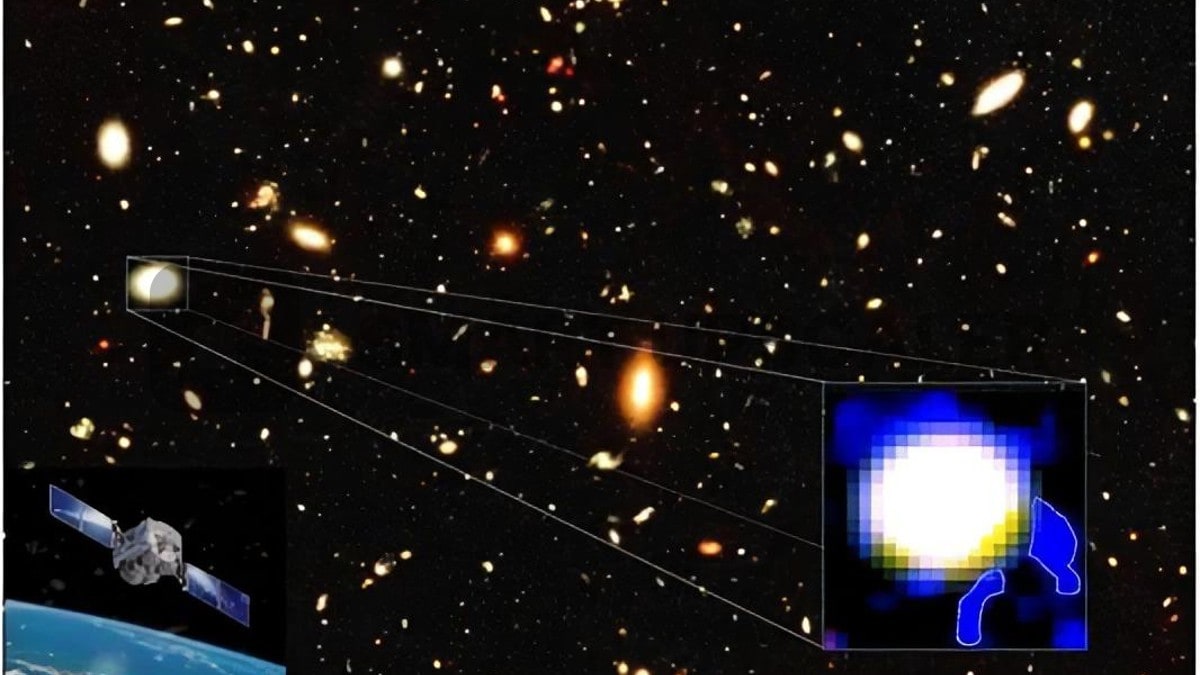After conducting successful Mars missions and sending rovers to explore the Red Planet, scientists are investigating the possibility of a human landing on Mars. A team of space medicine experts has proposed a mathematical model that could be used to predict if an astronaut can safely reach Mars and carry out missions after stepping on the planet’s surface. The experts tried to examine if the human body can tolerate the gravitational force of Mars without fainting or experiencing a medical emergency. They have simulated the impact of prolonged exposure to zero gravity on the cardiovascular system through the model.
According to experts at The Australian National University (ANU), the mathematical model could come in handy while determining the impact of short and long flights to Mars on the bodies of astronauts in future human missions to the Red Planet.
As Mars has weaker gravity than Earth, experts believe that continuous exposure to microgravity or near zero gravity can take a toll on the bodies of astronauts. According to Dr Lex van Loon, a Research Fellow from the ANU Medical School, exposure to zero gravity combined with damaging radiation from the sun poses the biggest risk to space travellers on the journey to Mars.
“We know it takes about six to seven months to travel to Mars and this could cause the structure of your blood vessels or the strength of your heart to change due to the weightlessness experienced as a result of zero gravity space travel,” explained Dr van Loon. He is also the lead author of the paper published in npj Microgravity.
The researcher added that the mathematical model can be used to assess if people are fit to be sent to Mars. The model uses an algorithm that is based on astronaut data collected from past space missions.
Describing the effects of zero gravity on our bodies, astrophysicist and emergency medicine registrar Dr Emma Tucker said that the fluid in our body shifts to the top half due to lack of gravity in space. This, according to her, prompts the body to think that there is too much fluid in the system. “As a result, you start going to the toilet a lot, you start getting rid of extra fluid, you don’t feel thirsty and you don’t drink as much, which means you become dehydrated in space,” Tucker added.
Hence, the new model can help determine if astronauts can safely reach the Red Planet and perform the duties they are sent for.








